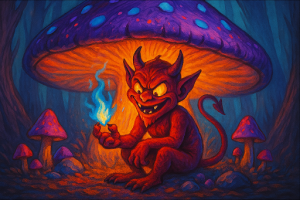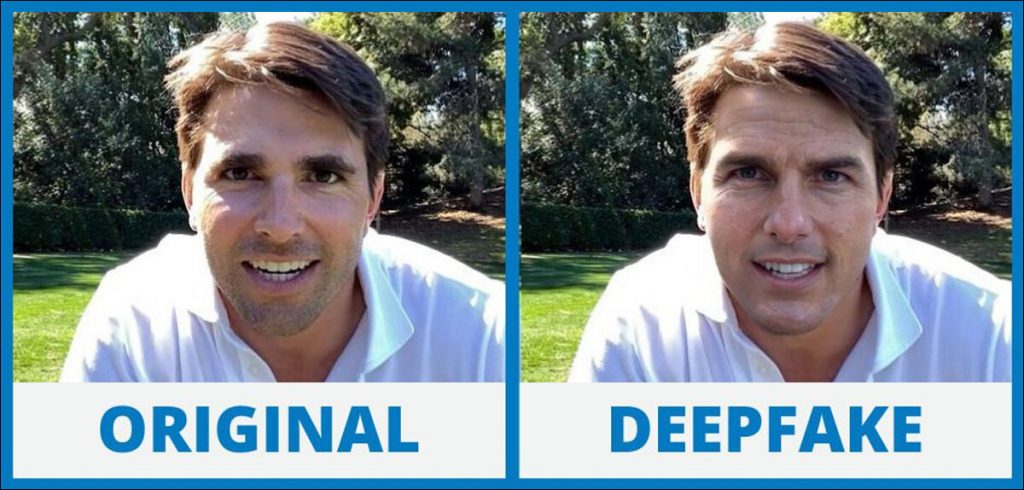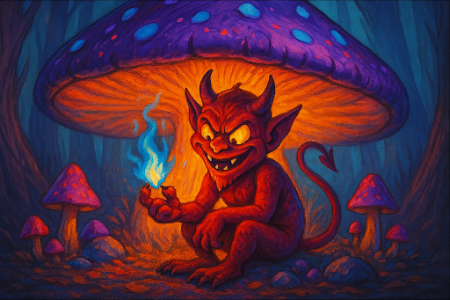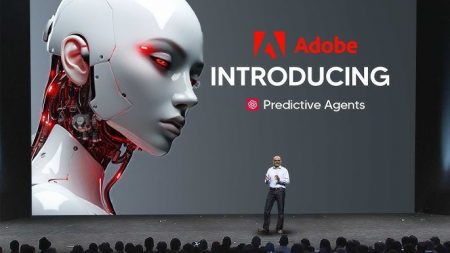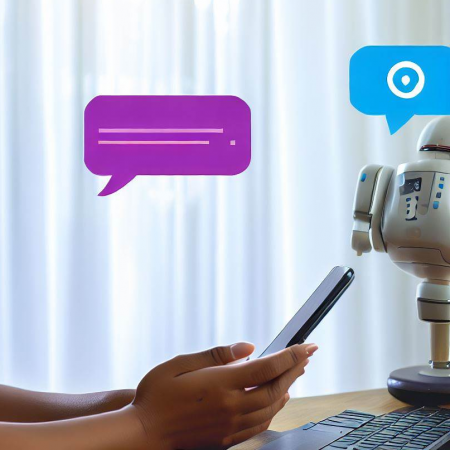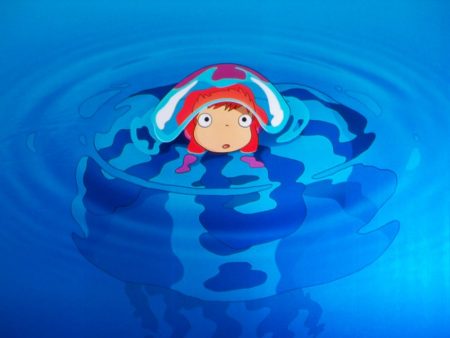In a world where misinformation and fake videos are rampant, Adarsh gives you tips on how to spot a deepfake….
These days, there seems to be a deepfake video of every single celebrity out there. Industrialist Narayana Murthy was forced to post on X recently that a widely circulating video was not actually his. Ratan Tata also fell prey to a similar video.
Bollywood actors Alia Bhatt and Priyanka Chopra were also in the news recently after videos of ‘them’ started doing the rounds. Rashmika Mandhana also posted on X to clarify that a video believed to be hers was in fact fake.
Cricketers have also been caught up in this circus. There are deepfake videos of Virat Kohli and Sachin Tendulkar doing the rounds, just to name a couple.
So where does this end? And what do we believe? How do we tell if a video circulating on the internet is in fact real or whether it’s a deepfake?
What is a Deepfake Video?
Fake videos created by swapping one person’s face on to another person’s face with the assistance of computer tricks are called deepfake videos. They use a form of artificial intelligence called deep learning to create this type of fake content and that’s how they get the name ‘deepfakes‘.
With this technology, one can create fictional photos, morphed videos or even voice clones. One can either use existing content to transform it to something or someone else or it can also be used to create new videos of someone saying or doing something they didn’t actually say or do.
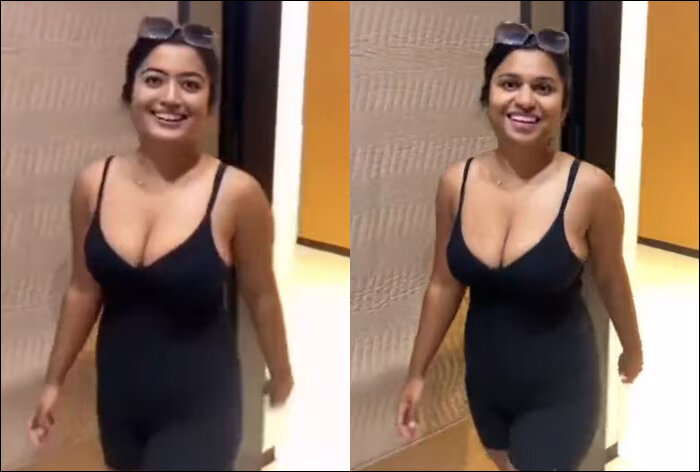
Spotting such videos can be tricky as the tech used in such videos keeps getting better with advancements in AI.
How to spot a Deepfake Video?
High quality deepfakes are very tricky to spot but with adequate practice and by looking for the right clues, one can become an expert at spotting fake videos. Here are some tips to help you spot deepfakes:
1. First and foremost, pay attention to the face. Deepfake videos almost always include facial manipulations and if you watch closely, you can spot a glitch in the facial expressions.
2. Pay close attention to the cheeks and forehead. While transferring one face on to another, it might result in the skin around the cheek or forehead becoming either too smooth or too wrinkly. There might also be an odd coloration while patching one face onto another.
3. Look at the eyes and eyebrows. See if there are shadows appearing where you expect them to. Deepfake videos are yet to completely follow the natural laws of lighting and physics so these might provide a clue.
4. Follow the person’s blinking. Does he or she seem to blink too much or too less? Deepfake videos sometimes have strange eye movements.
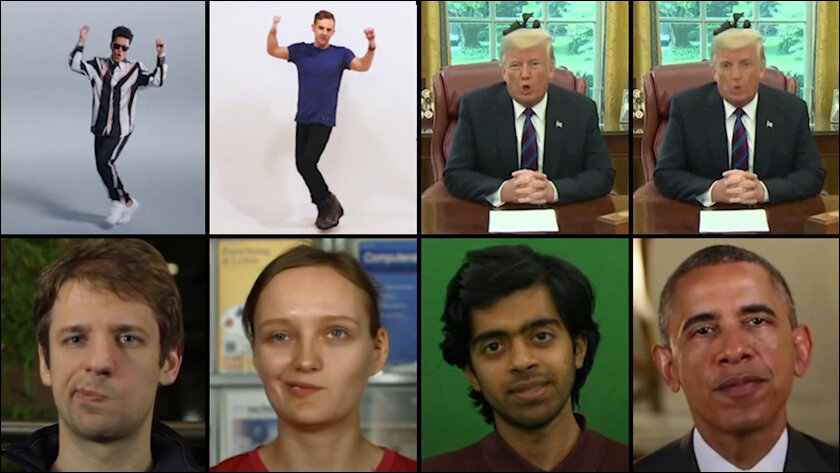
5. Watch out for glasses. Is there too much glare or too less glare? Does the angle of the glare change when the person moves?
6. Pay attention to the facial hair or the lack thereof. Sometimes deepfake videos add or remove a moustache or a beard and this might not come across as completely natural.
7. Another solid clue is to watch out for lip movements. Most deepfake videos involve lip syncing so if you watch very closely, the lip movements not being natural might be a giveaway in deciding if a video is real or fake.
8. All the clues are not just about the face. Sometimes a face is attached to someone else’s body so observing the body language of the person in the video will also help you spot unnatural body movements and hence catch a deepfake video.
How to Avoid falling Victim to Deepfakes
The first thing to realize about deepfakes is that they need your content to create your impersonation. By limiting the amount of information that you put out on the internet, you can protect yourself from such situations.
While you might still want to share your photos and videos online, ensuring that your social media profiles are set to provide would ensure that unknown people don’t have access to your content.
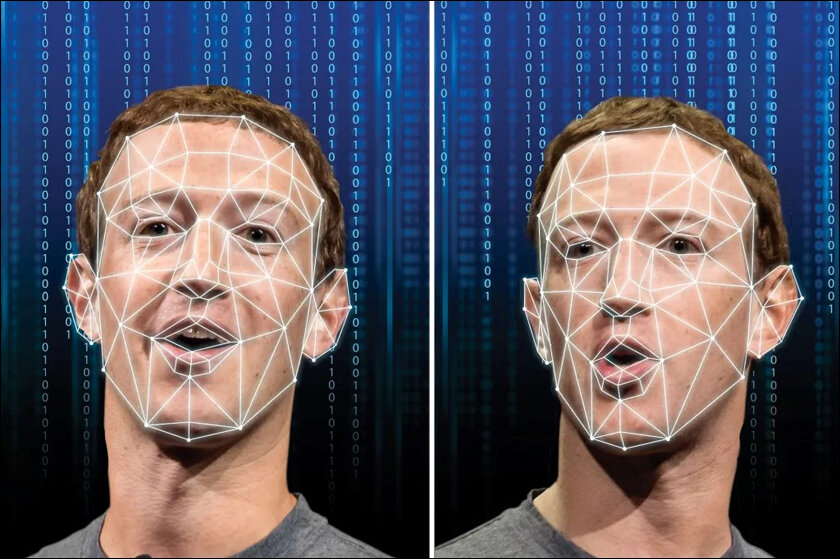
The Final Word
In conclusion, in this age of digitalization and misinformation, it is imperative that we treat everything we come across online with a pinch of salt. Before jumping to a conclusion, we should make sure whatever we’re looking at is authentic and only then form opinions.
By keeping all the aforementioned clues in mind, we can ensure that we never fall trap to a deepfake video. Because the way this technology is improving, it is only a matter of time before they become all the more convincing.
In case you missed:
- You can Now Create a Video From a Single Image!
- Psychosis stems from Video Game Addiction in Kids, reveals Study
- New Year, New Scam: All You Need to Know About Brushing
- Cloudflare’s One-Click Solution for Image Verification
- Presenting Gemini Live, Google’s Response to ChatGPT Voice
- Why are Companies resorting to Office Peacocking?
- Samsung S25 Review: A Powerful Upgrade with AI Enhancements
- 7 Online Scams to be Wary of in India
- iPhone 16: Price, Release Date, Specs & More
- OpenAI finally unveils its Advanced Voice Assistant!

